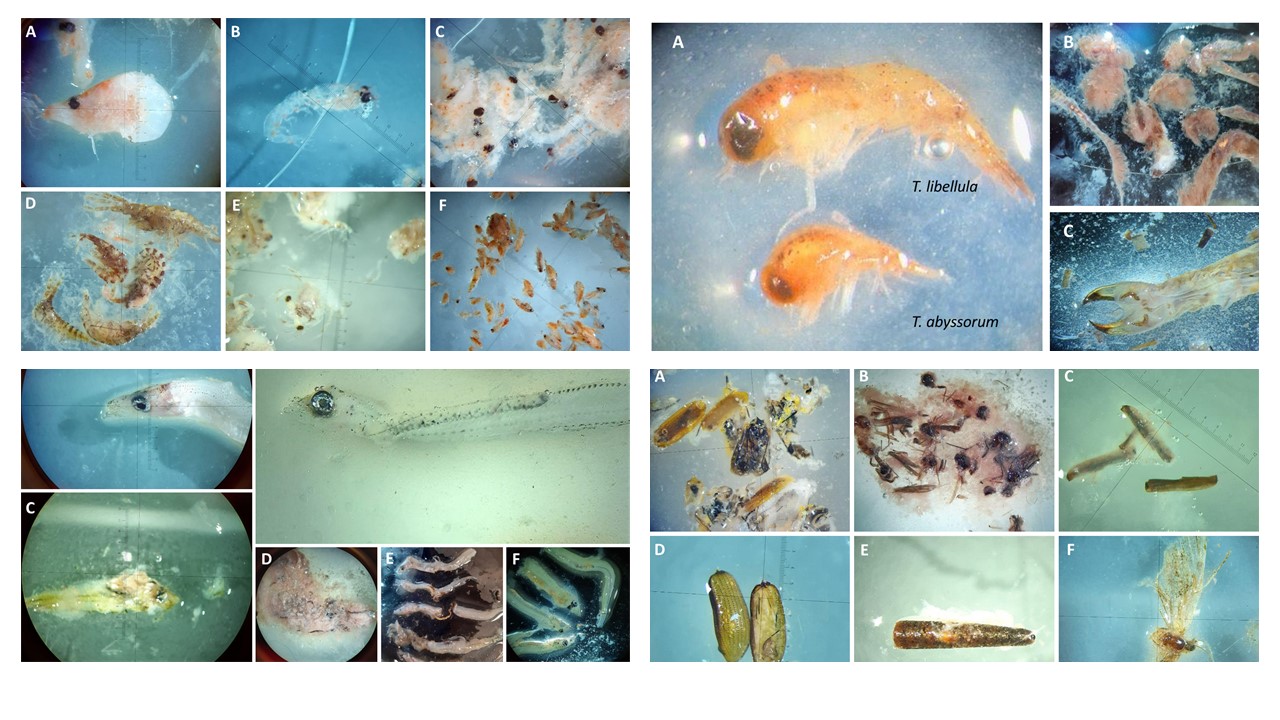Lea Hellenbrecht successfully defended her master thesis at the University of Bergen in the beginning of September, on feeding of wild Atlantic salmon post-smolts in Norwegian fjords.
Lea Hellenbrecht, with new master degree from the University of Bergen and Institute of Marine Research. Photo: Private
Within the last 1.5 years, Lea has been working on her master thesis, in collaboration with the Institute of Marine Research and the SeaSalar project. In her thesis with the title “Feeding of wild Atlantic salmon (Salmo salar) post-smolts in four Norwegian fjords”, she analyzed the stomach content of a total of 580 post-smolts, which were caught under the monitoring program for sea lice (NALO).
Lea and her supervisors, Vidar Wennevik, Kevin Glover and Kjell Rong Utne, were particularly interested in the geographical and temporal variation in both composition of the diet and forage ratios in migrating post-smolts in the early critical phase of their marine migration.
FISH LARVAE ARE IMPORTANT FOOD FOR SALMON POST-SMOLTS
“Fish larvae were identified to be especially important for the forage ratios of the post smolts and therefore their potential for growth” says Lea.
There were differences in diets between different fjords, which were the Altafjord in the north, and the Sognefjord, Hardangerfjord and Boknafjord in the south-west. There were also clear differences in diets between 2018 and 2019.
Lea points out that “in general, my results were in good concordance with earlier studies on post-smolt feeding in Norway”.
All post-smolts were caught by trawling in the outer part of the fjords. Genetic assignments of the fish revealed the river of origin of the post-smolts, through a parallel project (Harvey et al. 2019). No differences were found in diets, length or condition between fish originating from inner parts of the fjords and those that had migrated from rivers in the outer parts of the fjords.
 Stomach content from Atlantic salmon post-smolts. Upper left: crustaceans (krill, amphipods, crab larvae, copepods). Lower left: fish larvae. Upper right: Themisto, polychaetas. Lower right: insects. Photos: Lea Hellenbrecht.
Stomach content from Atlantic salmon post-smolts. Upper left: crustaceans (krill, amphipods, crab larvae, copepods). Lower left: fish larvae. Upper right: Themisto, polychaetas. Lower right: insects. Photos: Lea Hellenbrecht.
EXCITING METHOD DEVELOPMENT WITH THE USE OF GENETIC ANALYSES TO IDENTIFY STOMACH CONTENT
As a pilot study, one part of the thesis was to investigate the potential use of molecular analysis (metabarcoding) of the stomach content for improvement of or addition to morphological analysis.
“I found the method to indeed increase taxonomic resolution, and I was able to detect DNA sequences of taxa that were not possible to detect with morphological identification” says Lea.
IMPACTS OF SALMON LICE
As the samples were collected during the national monitoring of sea lice, connections between forage ratios (stomach fullness) and level of lice infection were also investigated. The results showed a negative correlation with lice infestation and condition and length of the post-smolts, but no correlation with forage ratios. The most highly infected fish however, surprisingly displayed even higher forage ratios than other fish the same year in the same place. This led to the hypothesis of increased energy demand and suboptimal energy conversion caused by the parasite, which might ultimately deplete the fish of excess energy that can be used for growth.
CONGRATULATIONS
The SeaSalar project leaders congratulate Lea with good work and the achievement of an excellent Master degree!
Contact: lea.hellenbrecht@gmail.com, vidar.wennevik@hi.no